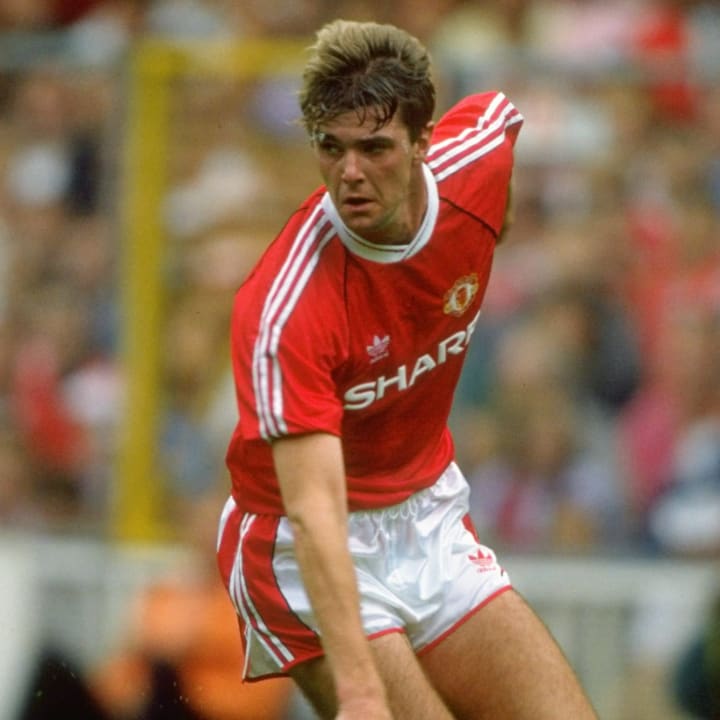
How Alex Ferguson ruthlessly overhauled Man Utd in the late 1980s
It is easy to reel off the phenomenal achievements of Sir Alex Ferguson at Manchester United.
13 Premier League titles, five FA Cups, two Champions League trophies…and the rest. He delivered United’s first league title in 26 years and installed the club as most successful English football has ever seen by catching and eventually overtaking Liverpool.
Since his retirement in 2013, his impact has arguably been felt even more as successor after successor fail to match what he did and the club he once controlled every inch of struggles to find the necessary new structure to thrive once more.
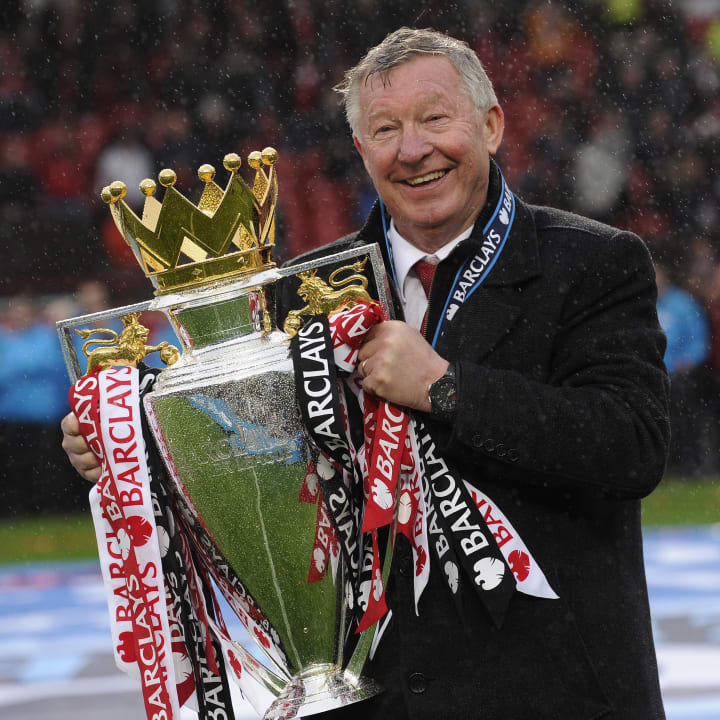
United had been a big club since the early 1900s, while Ferguson was hot property in the mid-1980s thanks to his success with Aberdeen in Scotland and had been linked with a number of sides before the phone call from Manchester in 1986, including Liverpool, Arsenal and Tottenham.
But the enormous scale of the task that lay ahead of him when he appointed by United on 6 November 1986, 34 years ago today, cannot be ignored.
United have never been afraid to spend money, but following the (second) retirement of Matt Busby in 1970, a string of managers had failed to deliver the standards expected.
Frank O’Farrell, Tommy Docherty, Dave Sexton and Ron Atkinson all came and went, but the last league title to make its way to Old Trafford was still the one Busby had won in 1967. United were even relegated from the First Division in 1974, six short years after winning the European Cup.
They immediately finished third on their return to the top flight under Docherty and as high as second under Sexton in 1980, while Atkinson’s United were remarkably consistent in what was still a very fluid era for English football and never finished lower than fourth in any of his five full seasons – but they also never finished higher than third either.
There were also three FA Cup triumphs and two other finals spread over several bosses, but the real goal remained agonisingly elusive.
By 1986, United had been within reach of restoring the glory days for a decade, only to continually fall short, and the cracks began to show as the latest attempt to build fell apart. Top scorer Mark Hughes being sold to Barcelona that summer for around £2m and replaced with Peter Davenport for a fraction of the price was a sign of a considerable step backwards.
When Ferguson arrived three months into the 1986/87 campaign, he inherited a team in a relegation fight rather than one with genuine ambitions of being crowned champions.
On day one of the Fergie years, United were 19th in the league table, four points and three places off the bottom. They had won only three of their opening 13 games, while the likes of Nottingham Forest, Arsenal and Liverpool jostled for places at the top of the standings.
Ferguson had enough of an instant impact to steer United away from the threat of a second relegation in 13 years and up to the relative comfort of mid-table by the end of the season. But his true work, the work that would shape the club into title contenders by the start of the Premier League era and secure a long-term legacy for the next two decades, was yet to begin.
Ferguson’s first major task was to break up the Old Trafford drinking culture that had dominated the 1980s. He wanted fitter and more disciplined players, which ultimately left no future at United for the likes of tremendously talented individuals like Norman Whiteside and Paul McGrath.
Player turnover was enormous in the late 1980s, with the new boss determined to build the squad in his own image, bringing in his own players and ruthlessly shipping out those he thought were either past it, not good enough, or that he couldn’t save.
Veteran striker Frank Stapleton was among those who moved on quickly in 1987, while 1988 saw seven departures, including the aforementioned Davenport. His exit coincided with the return of Hughes, undoing the mistake of 1986, while long serving defenders Kevin Moran and Arthur Albiston, plus both senior goalkeepers in Gary Bailey and Chris Turner went.
McGrath, Whiteside and Gordon Strachan, the latter a player with whom Ferguson had enjoyed great success at Aberdeen and had inherited in Manchester, left in 1989.
By 1991, it had been a complete transformation and the only surviving members of the squad Ferguson inherited in 1986 were Bryan Robson, Clayton Blackmore and back-up goalkeeper Gary Walsh, with the latter two products of the club’s junior ranks.
Because, despite spending on the likes of Steve Bruce, Brian McClair, Jim Leighton (not every signing was a success), Mark Hughes, Gary Pallister, Paul Ince, Denis Irwin, Mike Phelan, Andrei Kanchelskis, Peter Schmeichel and others, Ferguson was also intent on resurrecting a neglected youth system.

He wanted to ensure that it was United and not Manchester City who were getting the best local youngsters, and that it was United not Liverpool, Arsenal, Tottenham, West Ham or whoever else that was also bringing in and developing the best young talent from all over the country.
By the early 1990s, when the team he had expensively assembled through the transfer market was starting to gel and get the kind of results expected, the youth production line was also coming good, as first Ryan Giggs and later Gary Neville, Nicky Butt, Paul Scholes and David Beckham emerged.
It took him four years to start seeing results, the kind of time and patience that sadly no longer exists in 2020, but Ferguson completely overhauled Manchester United in the late 1980s.
Without such dramatic changes over a short period of time, none of what followed would have been possible.
For more from Jamie Spencer, follow him on Twitter and Facebook!